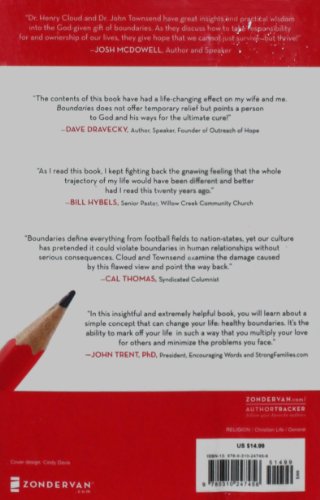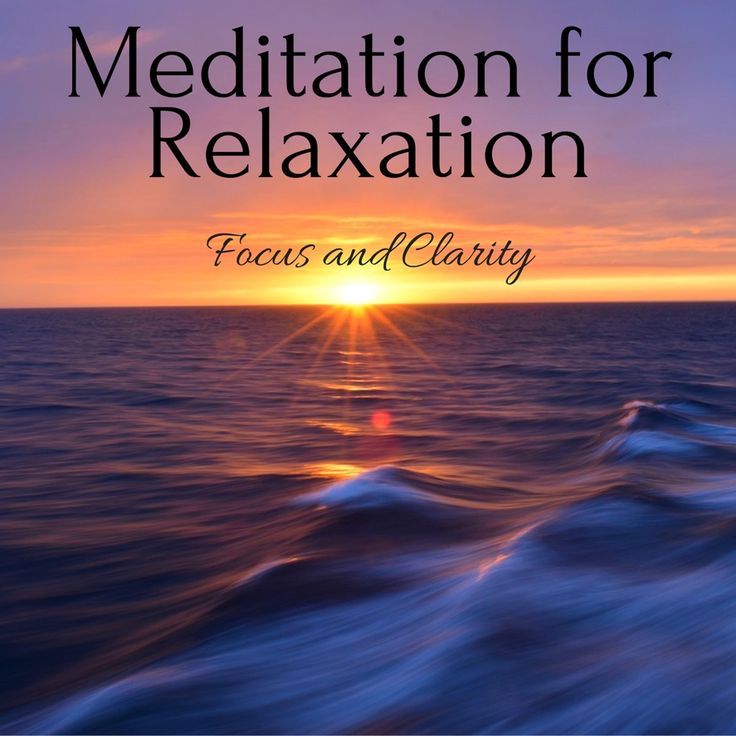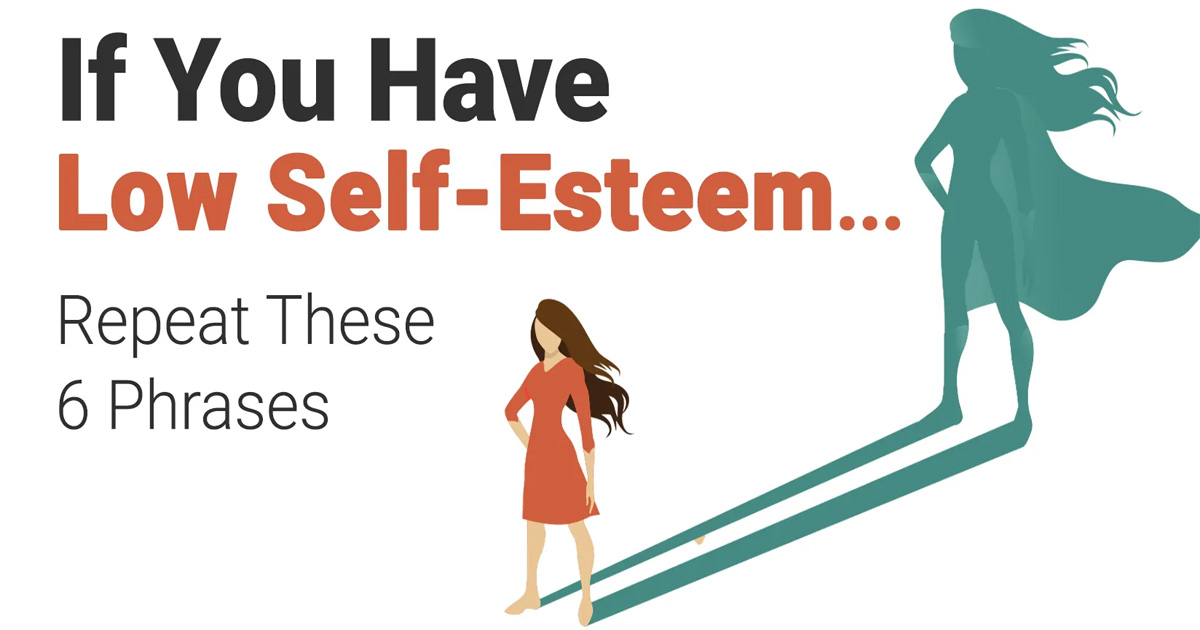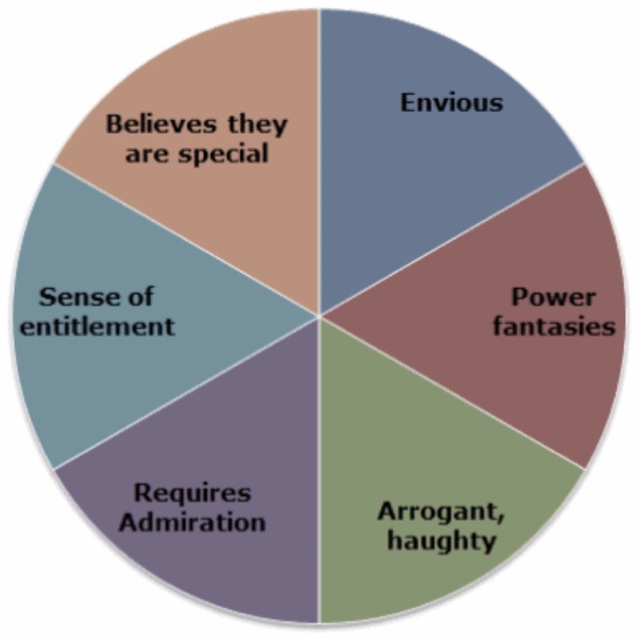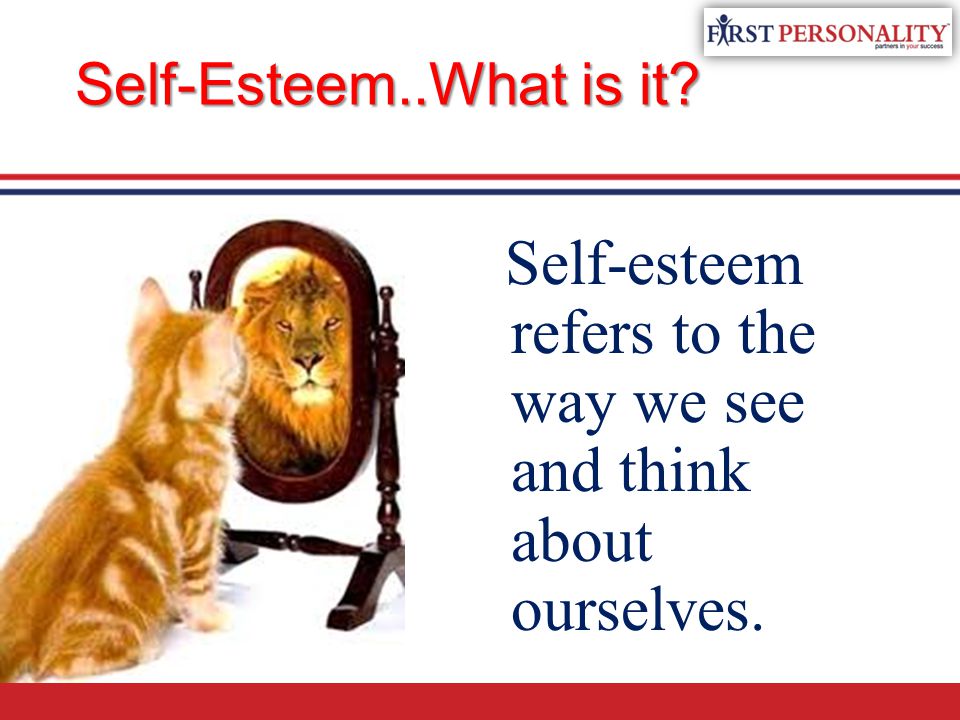Learning to say no establishing healthy boundaries
Learning To Say No: The Benefits Of Setting Boundaries
Personal Development, Program
Apparently Warren Buffet, one of the richest men on the planet, once said, “The difference between successful people and really successful people is those really successful people say no to almost everything.”
This baffled me for a while. I couldn’t fathom how people who were at the top of their game got there by saying no to almost everything. Wouldn’t saying “yes” open more doors and allow for more opportunities to arise?
But then this is the problem. Too many choices often lead to inaction. “No” clearly defines your territory. “No” is confidence that you don’t need to jump at every new thing. “No” means: my well-being is a priority.
Have you ever found yourself in one of these situations:
- Saying “yes” when you really want to say “no”
- Feeling guilty for saying “no”
- Keeping silent when someone doesn’t treat you well
- Giving too much in an effort to be liked or valued
- Not speaking up when someone does something rude or inappropriate
- Doing something against your will in order to keep the peace
- Assuming that people will know what you are thinking without you having to say what’s on your mind.
If any of these sound familiar, then you could use a lesson in boundary setting skills.
Why Is It Hard For Some To Set Boundaries?
If you never had boundaries set for you as a child, you might not know how to set them as an adult. Parents might allow children to have whatever they want, never learning the value of imposing limits.
Controlling parents might protest when a young child tries to establish her identity and override attempts to say “no”. If you were punished each time you stood your ground as a child, you might fear rejection or punishment if you try to set boundaries. You might equate boundaries with confrontation.
This might give the mistaken impression that the way to earn love and respect from others is to be compliant. Saying “yes” is fine if it’s in alignment with your values. But saying “yes” because you are too scared to say “no” is no way to earn anyone’s respect, least of all your own.
Sometimes we don’t know how things make us feel because we are not paying attention.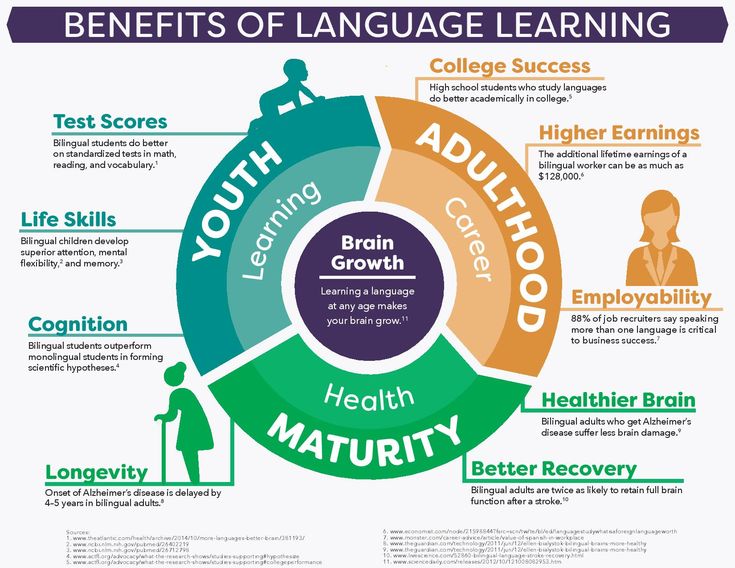 To learn effective boundaries, you need to recognise what makes you feel good and what makes you feel bad. This means you need to learn to listen to your body.
To learn effective boundaries, you need to recognise what makes you feel good and what makes you feel bad. This means you need to learn to listen to your body.
The first step in setting boundaries is to identify your needs.
If you are a people pleaser and dependent upon public opinion for your self-confidence, even this might be new territory. You might have to give yourself permission to acknowledge your needs and disappoint people. Setting boundaries are about protecting your state of mind from disturbing influences.
Saying “No”
When you are able to say “no” to people and situations, it shows you can take good care of yourself. Boundaries affirm where you stand in relation to the world. They allow you to filter your experiences — to a certain degree — so that you can avoid unnecessary pain and suffering. Boundaries are like gatekeepers, selecting who and what you want in your inner circle.
The second step is to define your boundaries
Define Your Boundaries
Setting boundaries are how we define ourselves. We lay down the foundation of what will be allowed in and what we want to keep out. We allow things into our inner circle that we deem helpful, safe, healthy or conducive to our growth.
We lay down the foundation of what will be allowed in and what we want to keep out. We allow things into our inner circle that we deem helpful, safe, healthy or conducive to our growth.
Setting boundaries mean saying “NO”. That means actively choosing and selecting what we say “YES” to. Healthy boundaries are permeable — not too tight and not too loose. Firm, but adaptable.
How do you define your own boundaries and how do you enforce them? Speak up? Retreat? Take legal action? Ask?
The third step is to communicate your boundaries.
Boundaries Define Relationships
Boundaries are kind — we show our care by setting boundaries. Meditation practice is important to me, so when I am practicing, I turn my phone off and ask friends not to interrupt me so that I can focus. I care about my health, so I say “no” when someone offers me a cigarette. Boundaries allow us to prioritise what we want more of in our lives. It also allows the people in your life to trust you.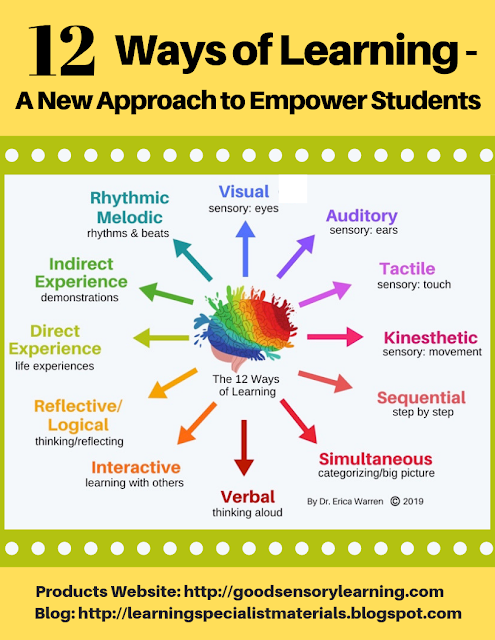 People like to know where they stand, so communicating boundaries lets them know.
People like to know where they stand, so communicating boundaries lets them know.
Setting boundaries are sane. It shows that we are sturdy and stable and know how to take care of ourselves. Without boundaries, you just float through life like a leaf blown by the wind. You’ll accept anything.
You can practice setting boundaries in small ways. Practice saying “no” to get used to the feelings it brings up.
The fourth step is to overcome guilt.
Boundaries and Guilt
If you are afraid to disappoint people, you might feel guilty about setting boundaries. If that’s a problem for you, you might need to learn to work with your guilt.
Setting boundaries clears space and this can be uncomfortable. Some people get nervous if there is too much space. They want to fill it up with words or activity or people or accomplishments or anything under the sun to avoid confronting space. But space is a great healer. If guilt comes up for you, allow it space.
Recognise that healthy aggression Is normal. By listening to it you know when it is appropriate to set a boundary.
By listening to it you know when it is appropriate to set a boundary.
The fifth step is to trust yourself.
Trust Yourself
Saying “no” when it is appropriate shows you can take personal responsibility for whatever is happening in the moment. You take care of yourself based on needs and priorities that are current.
Boundaries show self-respect. When boundaries are ignored or denied, we learn that our integrity is not important and this can have profound and devastating effects. Marking the boundaries of your territory allows you to define what comes in and what is not invited into your focus.
Here’s how to set healthy boundaries:
- Identify your deeds
- Define your boundaries
- Communicate your boundaries
- Overcome guilt that may arise
- Trust yourself
- Be patient
Boundaries are important for mental health and learning to take care of yourself. If you are a people pleaser, you can spend your whole life pleasing others at the expense of your own happiness.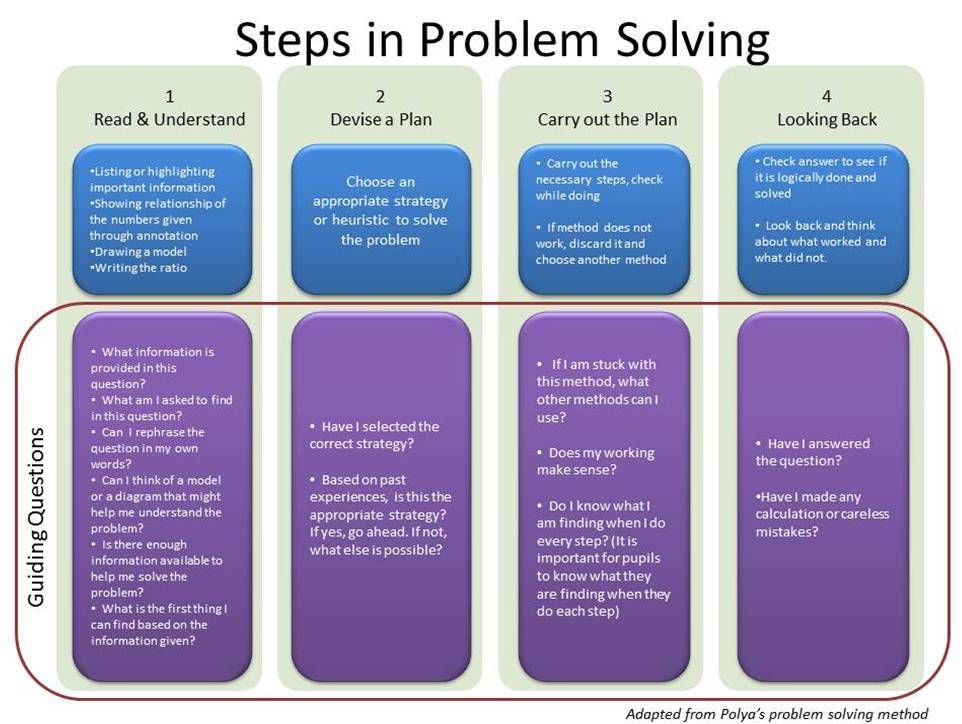 When you try to make everyone happy, you usually end up making no one happy. So it’s to everyone’s advantage to practice “effective selfishness.”
When you try to make everyone happy, you usually end up making no one happy. So it’s to everyone’s advantage to practice “effective selfishness.”
The sixth step is to have patience.
Be Patient
Setting boundaries allows the space necessary for transformation to occur. You wouldn’t expect a new relationship to thrive without setting aside some quality time. Relationships need nourishing. You need privacy to delve deep into things. This is also true for your practice — you are developing your relationship with your inner wisdom. So forgive relapses and be patient as you learn a new skill.
Kim Roberts, M.A. is a writer and artist. She has an M.A. in Contemplative Psychology from Naropa University and was authorised as an Ashtanga Yoga teacher, teaching internationally for over 20 years. A former counsellor at NLF, she is currently working on a book about pilgrimage, Toward A Secret Sky: A Guide To The Art Of Pilgrimage, to be published spring 2019.
See Kim’s website, KimRoberts.Co, for more info.
3 Ways to Set Boundaries and Learn to Say "No"
Source: David Pereiras/Shutterstock
For many people, it's difficult to set boundaries or say no to others. This can be especially challenging for those who self-identify as people-pleasers or workaholics. There are tons of articles, books, and talks about "the power of yes." Of course, there are many times when saying yes is a great thing! But learning how to set boundaries and how to say no is the real key to sustaining healthy relationships with yourself and others.
When we say yes to everything and do not set boundaries with people, we can feel stressed, overwhelmed, and burned out. Most of us want to be liked and to please other people. It can be difficult to turn down opportunities or requests that others have made of us. It may also be challenging to set limits with difficult people.
Following are three tips for learning how to set healthy boundaries:
1.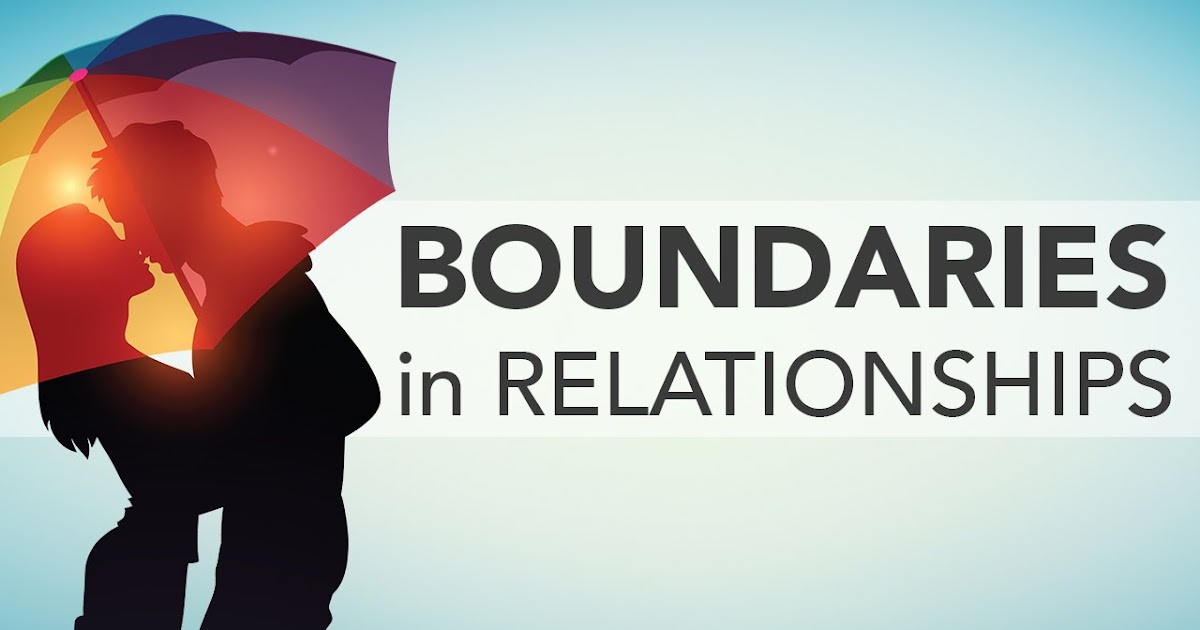 Practice tuning in to your inner sense of yes and no.
Practice tuning in to your inner sense of yes and no.
The first step in learning to set boundaries is to try to uncover what your personal limits and guidelines are. In her TEDx talk, Sarri Gilman, MA, MFT, a psychotherapist and author of Transform Your Boundaries, explains that we can think of our boundaries through the metaphor of an inner compass with two words written on it: Yes and No.
We all have an inner sense of wisdom, which intuitively tells us when something is a yes or a no. The problem arises when we ignore or argue with that inner voice. If you are not used to tuning into your intuition, it is important to practice paying attention to how you are feeling in the moment. Using tools such as meditation and mindfulness is one way to practice paying attention to your thoughts and feelings in the moment.
2. Learn how to tolerate the reactions of others.
"Boundary setting will unleash emotions," Gilman says, “When you listen to your own yes and no," other people may get angry or disappointed.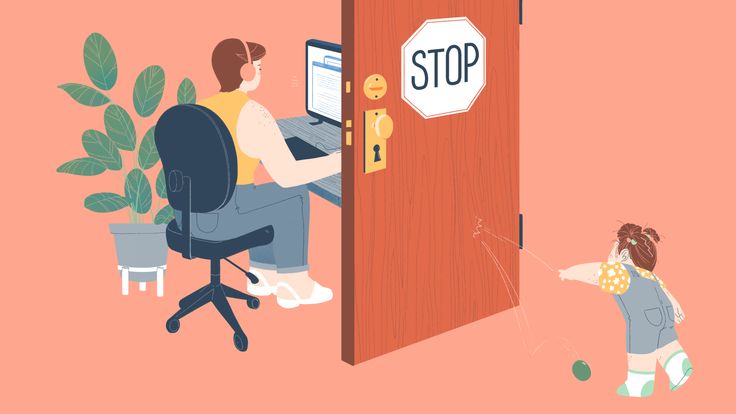 The reality is that whenever you set boundaries with people, they may not have a pleasant reaction. However, you still can work to firmly maintain the boundaries that you have set.
The reality is that whenever you set boundaries with people, they may not have a pleasant reaction. However, you still can work to firmly maintain the boundaries that you have set.
Setting boundaries with people can actually help to improve your relationships in the long run. If you do not respect your personal boundaries (perhaps in fear of someone else’s reaction), it is likely to lead to bitterness and resentment over time. The people you want to surround yourself with are those who will respect your boundaries, even if they initially feel upset or disappointed.
3. Engage in acts of compassionate self-care.
You may have heard the popular saying, “You can’t pour from an empty cup.” If you want to be giving and compassionate toward others, it is critical that you apply the same compassion toward yourself.
You deserve to treat yourself with the same kindness and compassion that you give to others. Set aside some weekly time for acts of self-care, which can help you relax, recharge, and connect with yourself.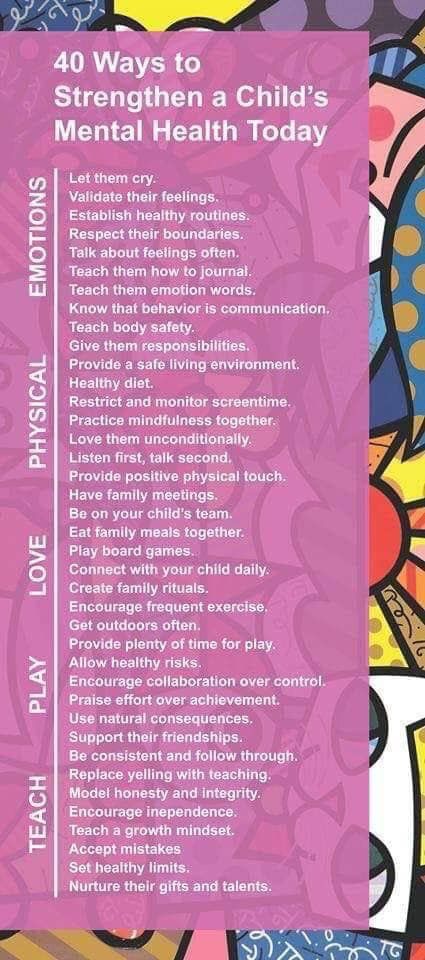 We all have different things that feel relaxing and pleasurable for us; pick what works best for you, whether it's cooking yourself a good meal, taking a bubble bath, lighting candles, reading a book just for fun, taking a walk, doing a yoga class, getting a manicure, or spending time with your pets. You can even put it in your planner as a way to hold yourself accountable.
We all have different things that feel relaxing and pleasurable for us; pick what works best for you, whether it's cooking yourself a good meal, taking a bubble bath, lighting candles, reading a book just for fun, taking a walk, doing a yoga class, getting a manicure, or spending time with your pets. You can even put it in your planner as a way to hold yourself accountable.
The Importance of Setting Boundaries
Setting boundaries can be difficult, but is such an important part of having healthy relationships and establishing an overall sense of well-being. It’s helpful to remember that when you say “no” to things, it frees up your time to focus on the pursuits that truly energize and excite you. Having good boundaries also enables you to experience less stress and to follow your life’s passion and purpose.
When I asked Gilman why she chose to dedicate her career to helping people transform their boundaries, she explained that in her work as a psychotherapist she recognized that boundaries really were at the core of so many relational challenges and conflicts.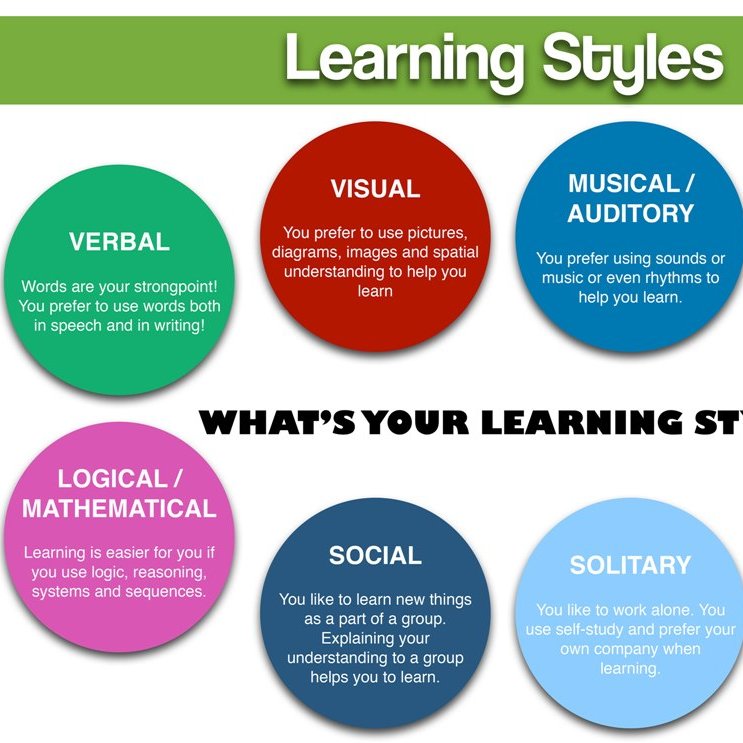 Helping people learn how to set healthy boundaries is her life’s passion. As her TEDx talk is aptly named, “Good Boundaries Free You.”
Helping people learn how to set healthy boundaries is her life’s passion. As her TEDx talk is aptly named, “Good Boundaries Free You.”
Jennifer Rollin, MSW, LGSW is a mental health therapist, intuitive eating counselor, and blogger. She specializes in treating adolescents, survivors of trauma, and individuals with eating disorders and mood disorders.
“Like” Jennifer on Facebook at Jennifer Rollin, MSW, LGSW. Or check out jenniferrollin.com
Set Healthy Boundaries: 10 Steps
118,416
Man among men Practices how to
What does it look like? For example, you are talking on Skype with a friend at midnight, because it is more convenient for her. Or give a ride to a colleague who, as soon as he sits down, habitually lights up in your car.
You and your husband are going on vacation to a place where it rains and where pike is excellently caught. You don't even realize that your boundaries are being crossed even when they are taunting you or joking about your size.
Some of us are reluctant to set clear boundaries because we believe that doing so can offend those around us.
Others set them up in such a way as to stake out part of someone else's territory.
But remember that there is that part of your "I" that needs to be protected from any encroachment, something that belongs only to you. Your emotional health, what you believe in, what you won't let outsiders touch.
What are these boundaries and why are they needed? Most simply they are defined by the words "my business" - "your business". By setting boundaries, we first of all decide for ourselves what behavior towards us will be reasonable and safe for us, will not destroy us as a person.
They are not designed to get someone to do something. We set them for ourselves, and in this way we show that we are responsible for our own destiny, for what is permissible and what is unacceptable to do in relation to us. But for this you need to know exactly who we are and what our true "I" is.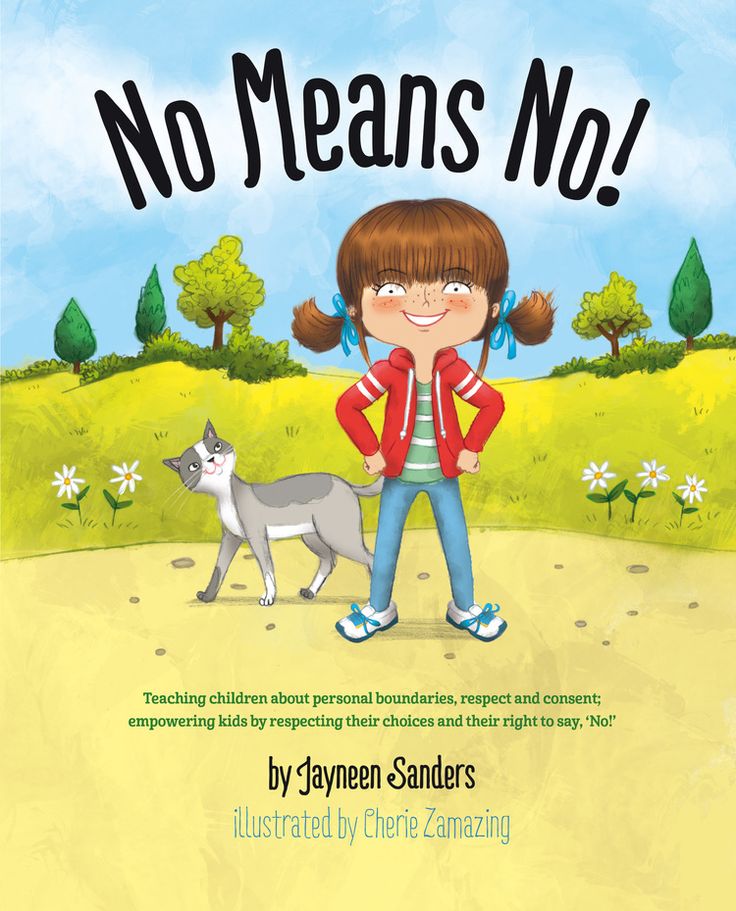
We understand where we end and another begins. We are responsible for ourselves and only ourselves. This is where every healthy person starts.
It is almost impossible to manipulate a person who is clearly aware of his personal boundaries and has clearly marked them for others.
Determine if these boundaries are violated:
Physical boundaries
The very first, basic boundary for us is our skin. Important concepts that define your physical boundaries are physical space and personal space. Ask yourself the following questions to see if your boundaries are being violated by others.
Who is allowed and who is not allowed to touch you and how? What do you consider only your personal space that needs to be protected?
Do you have a place in your house where you can be alone?
Sexual Limits
Find your personal level when sexual activities and touching are comfortable for you. Only you determine what is acceptable and what is not, where, when and with whom.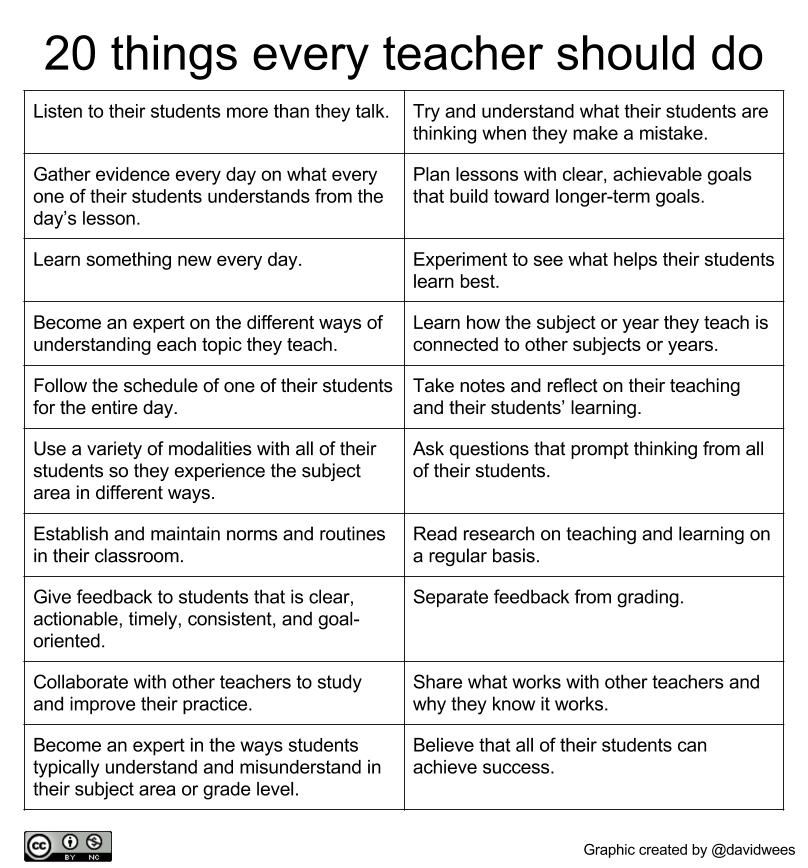 Stick to these boundaries and don't be silent when they are violated.
Stick to these boundaries and don't be silent when they are violated.
Material boundaries
What do you think is permissible and what are not permissible in relation to your property?
What can you give as a gift? Borrow?
How much money do you allow yourself to borrow? Do you allow strangers to use your car, clothes, apartment? It is only you who determines this, and for different people these boundaries can be very different.
Who enters your house? Who wouldn't you like to see?
The same goes for your children's friends: which rooms in your house are not open to guests?
Do guests take off their shoes? Do they eat and smoke in your car? All these are things that should be determined only by you as the owner of the house.
Emotional boundaries
You are responsible for your feelings, but others are also responsible for their feelings. Don't let anyone take it out on you or make comments about your weight, appearance, or age. And don't do it yourself. Healthy emotional boundaries keep you from blaming or taking someone else's accusations personally. And also feel guilty for someone's decisions or problems and give unsolicited advice.
And don't do it yourself. Healthy emotional boundaries keep you from blaming or taking someone else's accusations personally. And also feel guilty for someone's decisions or problems and give unsolicited advice.
A border no one knows about is not a border
If you make excuses and argue or defend yourself, this is also an indicator of weak emotional boundaries. “I’m sad, I’m angry, I’m scared…” Are you able to respond to these feelings of yours immediately and calmly accept them? If you ignore them when they first appear, if you think you shouldn't have these feelings at all, your body will turn up the volume until you hear them.
Spiritual boundaries
What is important to you in life? What do you believe? As in all the previous ones, these boundaries must be felt and realized when they are crossed.
Intellectual boundaries
Your values, opinions, thoughts. They are only yours. And each individual decides what he wants to share with others, and what to leave unsaid.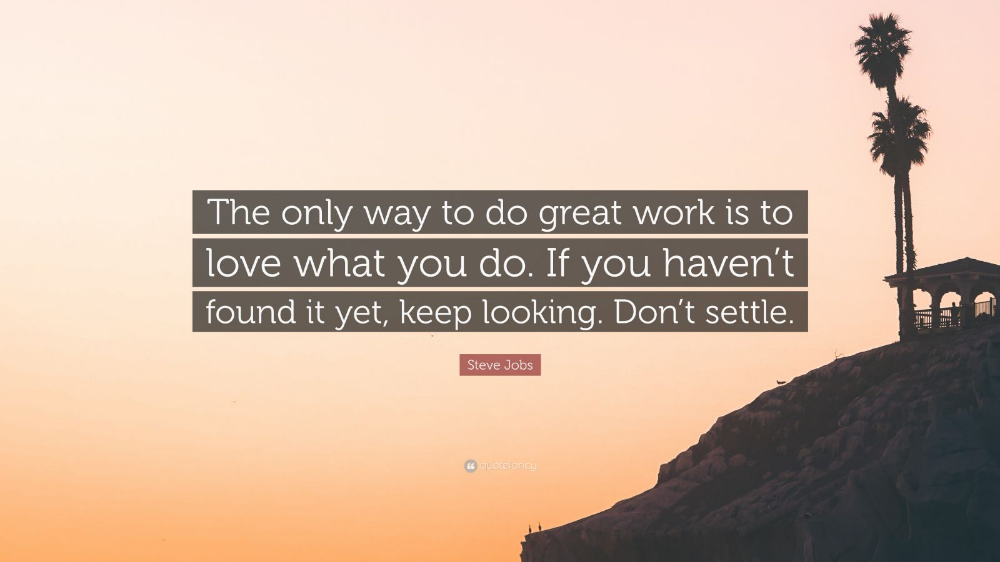 What do you believe? Can you listen with an open heart to those who express a different opinion, and at the same time without prejudice, without compromising your core beliefs?
What do you believe? Can you listen with an open heart to those who express a different opinion, and at the same time without prejudice, without compromising your core beliefs?
There are two more things that belong only to you. These are your words and your time.
Remember: "no" is the most basic boundary and a complete, extended sentence.
Healthy boundaries are not:
- set for us by someone else;
- hurt us;
- are rigid and immovable;
- invade our personality.
10 laws of healthy boundaries
1. All actions have consequences. If someone in your life showed violence, cruelty, selfishness towards you, did you set boundaries? Or does it all happen over and over again with no consequences for them?
2. The law of responsibility. We answer to each other, but not to each other. This means not encouraging or provoking anyone's infantile behavior.
3.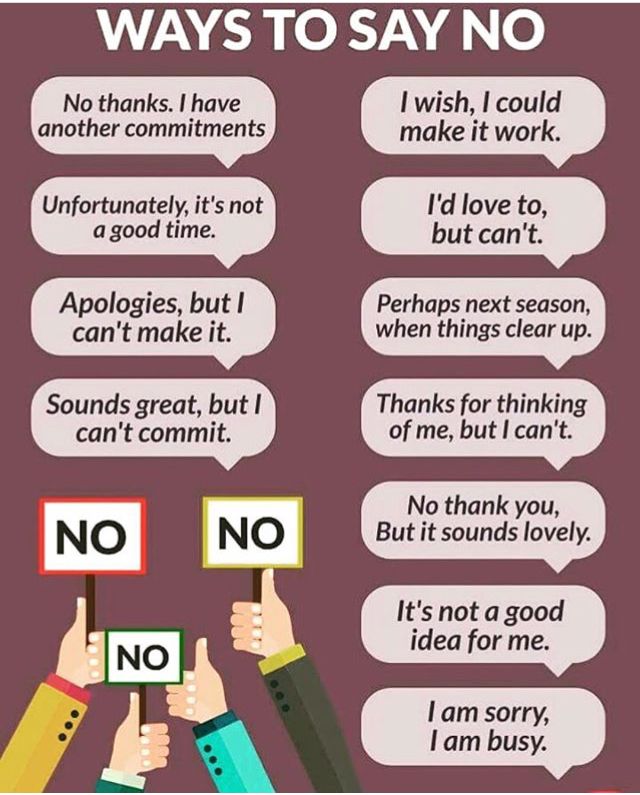 Power has limits. We have power over some things, but we do not have the power to change other people. We only have the power to change our own lives.
Power has limits. We have power over some things, but we do not have the power to change other people. We only have the power to change our own lives.
4. The law of respect. If we want others to respect our boundaries, we must respect theirs too.
5. Freedom of choice. We should be free to say "no" or say "yes" with a pure heart. You can’t love a person just because you feel sorry for him and he leaves you no other choice.
6. We need to evaluate the pain of setting our boundaries for others . Do our boundaries cause pain that will then lead to healing and growth? Or the pain that only hurts them?
7. Law of proactivity. We take active steps to solve problems based on our values and desires. Proactive people defend their freedom and express disagreement, but without raising an emotional storm.
8. The law of envy. We will never get what we want if we set our limits based on what others have.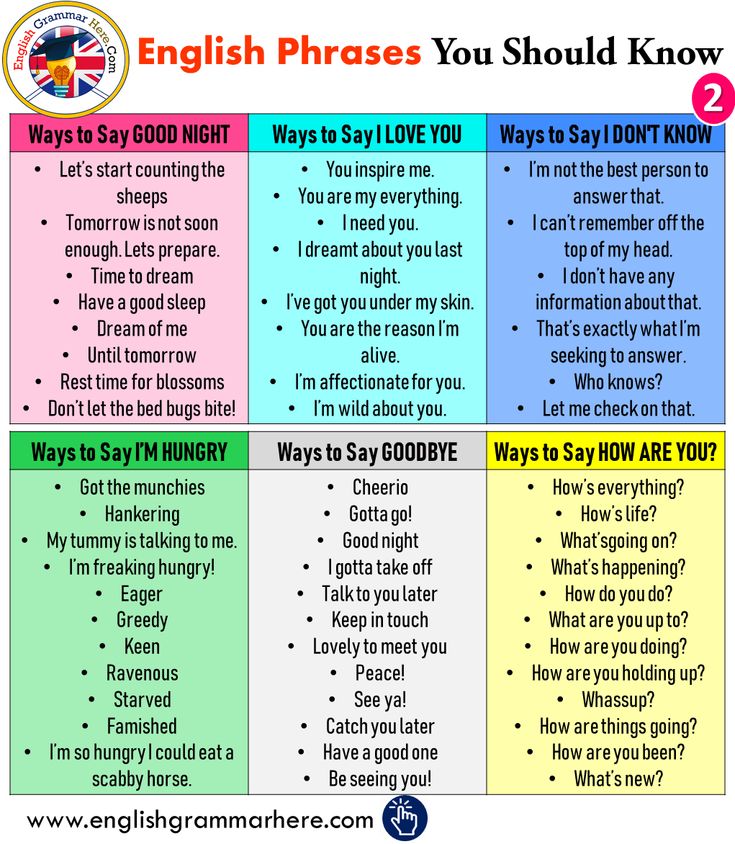 An envious person simply does not see his boundaries based on the choices that he has.
An envious person simply does not see his boundaries based on the choices that he has.
9. Law of activity . Don't wait for others to make the first move.
10. You need to communicate your boundaries. A border that no one knows about is not a border. We must make it very clear to the other what we want and what we do not want, what we will tolerate and what we will not. We must also make it clear that every violation of boundaries has consequences.
Text: Maria Malygina Photo source: Getty Images
New on the site
“A man courted me for a long time, and after sex he began to insult me”
59 ways to confess your love to yourself
Together is boring: what is a melancholic marriage and how revive relationships
What we are really responsible for: guilt in the context of politics, morality and culture
Test: Is it time for you to part?
“Sometimes when communicating with the boss, I get hot, I become insecure.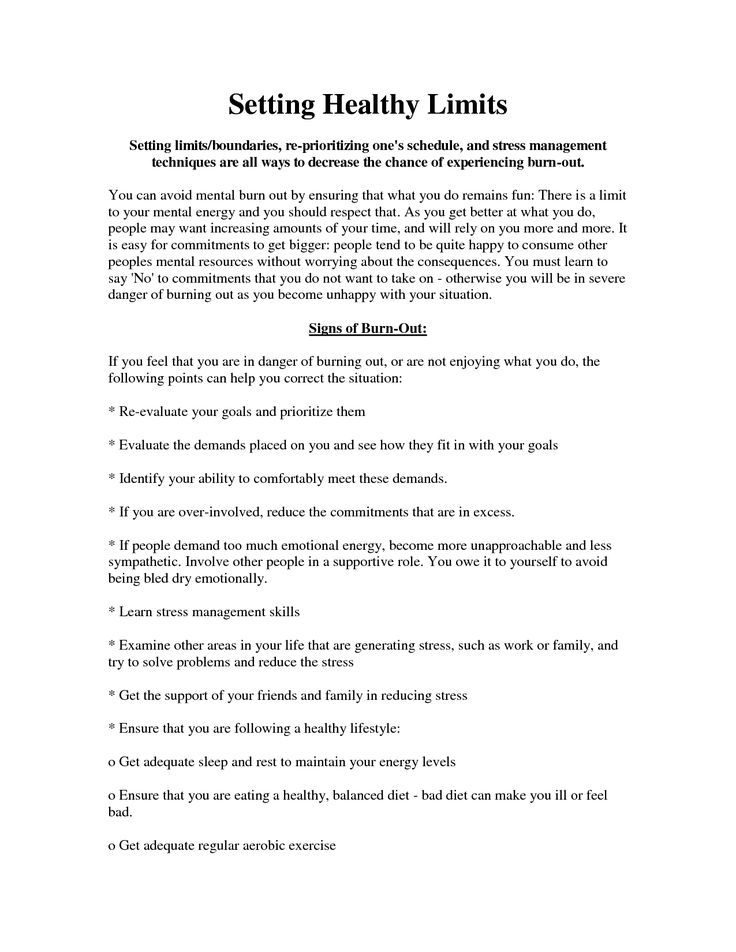 What to do?"
What to do?"
Parentification: 14 signs that this has happened to you
“Be in a state of calm when there is chaos around”: how psychologists work in crisis situations
Read online “Healthy Boundaries. How to learn to defend your interests and stop giving up yourself for the sake of others, Terry Cole - LitRes
All rights reserved.
No part of this book may be reproduced in any form without written permission from the copyright holders.
© 2021 Terri Cole. This Translation is published under exclusive license from Sounds True, Inc.
© Edition in Russian, translation, design. Mann, Ivanov & Ferber LLC, 2022
* * *
This book is primarily dedicated to courageous women around the world who strive to build healthy relationships and live exciting lives. This book is for you. I understand you and I am honored to guide you on the path of transformation.
To my only one, Victor Dzhukhash, without whose reliable support, love and culinary skills this book would not have been written.

To my mother, Jen Cole, who always believed in me.
If not you, then who?
If not now, then when?
Bill of Rights to Mistress Your Borders
• You have the right to say “no” (or “yes”) without feeling guilty.
• You have the right to make mistakes, correct them, or change your mind.
• You have the right to discuss your preferences, wants and needs with others.
• You have the right to express and respect all of your feelings as you see fit.
• You have the right to express your opinion, even if others do not agree with it.
• You have the right to the respect, attention, and care of others.
• You have the right to determine who deserves to be in your life.
• You have the right to communicate your limits and conditions.
• You have the right to prioritize self-care without feeling selfish.
• You have the right to speak the truth, be understood, and live a free life.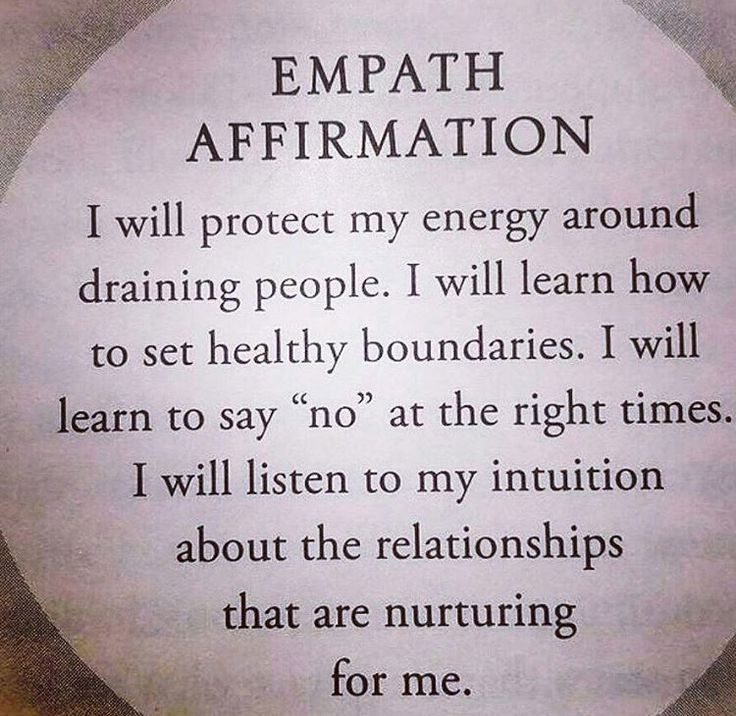
Introduction
Do you say yes when you want to say no?
Do you put other people's needs and wants ahead of your own?
Do you often feel like you need to do more in all areas of your life?
Do you spend too much energy on the decisions, feelings and successes of those you love?
Are you so reluctant to ask for help that you do almost everything yourself?
If you answered yes to any of these questions, then you, my dear, are one of my overworked, over-giving, exhausted sisters. And now you have the right book in your hands.
Healthy, rigid personal boundaries are the key to a fulfilling and independent life. Based on my 23 years of personal and professional experience as a clinical psychotherapist, I consider this to be a fact. Every client who enters my office, from a highly paid fashion editor to an out-of-town mom in her forties and a divorced CEO, has her own acute problem: a cheating husband, a rude boss, a mess in family relationships, etc. But at the center of every trouble of a client - the same thing: the absence of healthy boundaries. Luckily, learning how to set them up and making sure you follow them will make things easier. And it's doable.
But at the center of every trouble of a client - the same thing: the absence of healthy boundaries. Luckily, learning how to set them up and making sure you follow them will make things easier. And it's doable.
If you don't have this all-important skill, you are not alone. You were not taught to set healthy personal boundaries either at school or at home, right? How can you know what no one has ever taught you?
Believing that you can just know where and how to set healthy boundaries, without learning, is like thinking that one day you will wake up fluent in any foreign language if you really want to. But this is impossible. Think of this book as a crash course in learning to set personal boundaries, much like Rosetta Stone® [1] . By studying and practicing, you can freely master this art, and then positive changes will occur in all areas of your life. You will have a stronger position in relationships, especially with yourself. And those are the most important relationships.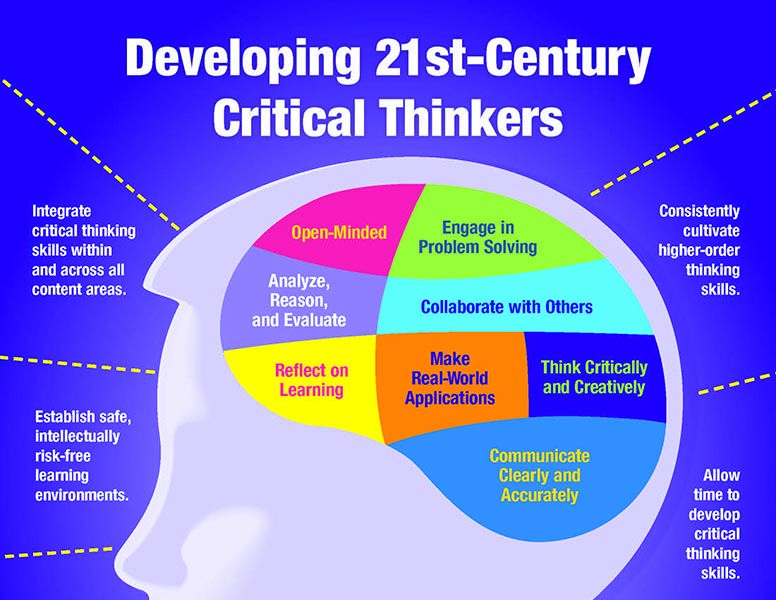
This book is a carefully crafted guide to mastering your boundaries. The mistress of her boundaries is a woman who:
• deeply understands herself, including cases of violation of her boundaries and how they prevent her from living here and now;
• knows how to identify and transform the behavioral blocks that stand between her, her true deepest desires and their fulfillment;
• speaks sincerely, knowing that this is the only way to live the life she wants and deserves;
• tends to grow from where it is now.
I wrote this book with [2] cisgender women in mind, but the information in it is useful to anyone. In my experience, people of any gender experience problems with personal boundaries.
You need to behave in accordance with your true desires. But first, we will define what I call your "basement" - in other words, your unconscious. Your basement contains beliefs and experiences that you carefully hid and then quickly forgot (at least on a conscious level).
Garbage in the basement affects your life, but you don't fully understand how. You can usually notice when he intervenes as your reaction becomes over or inappropriate to the situation at hand. Or you act to your own detriment, against your own interests. Now you might be thinking, "What was that?" Perhaps you are ignoring your intuition and signs that your body gives on an unconscious level in an attempt to avoid discomfort. For people, this is normal. If you are in a difficult situation right now, I promise you: when you clear the basement of garbage, you will receive up-to-date information and head on the path to freedom.
It is normal to resist the grinding of past experiences. Initially, many of my clients refuse to get dressed and go to the basement.
The arguments are as follows:
• “it was so long ago, it's time to forget about it”;
• "I don't want to blame my parents";
• "I had a happy childhood."
If I could teach you how to manage personal boundaries without cleaning the basement, I would.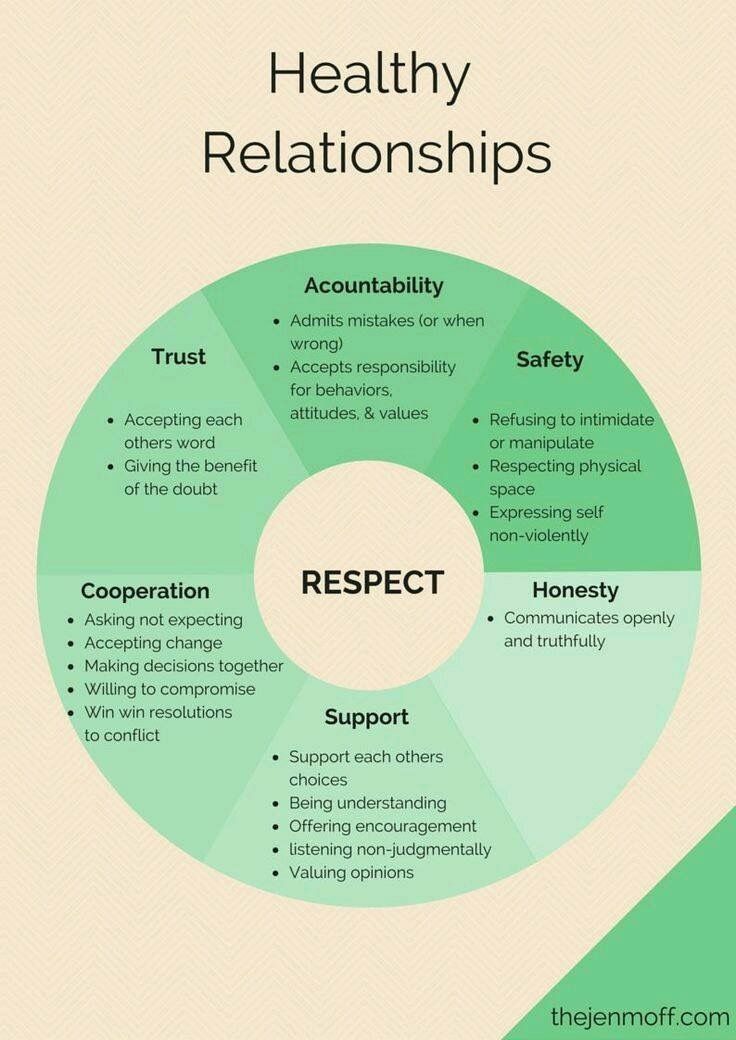 (To be clear, our journey does not involve blaming anyone.) The good news is that I will lead you by the hand, lighting the way with my headlamp so that we do not get lost. You have me, and I have you.
(To be clear, our journey does not involve blaming anyone.) The good news is that I will lead you by the hand, lighting the way with my headlamp so that we do not get lost. You have me, and I have you.
In order to be optimistic, let's try to understand what this path implies and why it is important. Establishing, formulating and maintaining healthy, clear and flexible boundaries allows you to get satisfaction from life. Without proper bounds, is impossible . I'm sure.
For those of you who are always on auto-pilot or suffer from the "disease-to-please disease" (a phrase coined by renowned female psychology expert Harriet Breaker), this may be bad news [3] . Yes, you will have to slow down and get out of your comfort zone in order to know, express and protect your true self. (Raise your hand if you're thinking "Real me? What is this?") But as you gain confidence in setting boundaries and expressing yourself sincerely, you will begin to better understand and appreciate your true self (and it's just a bomb, believe me) .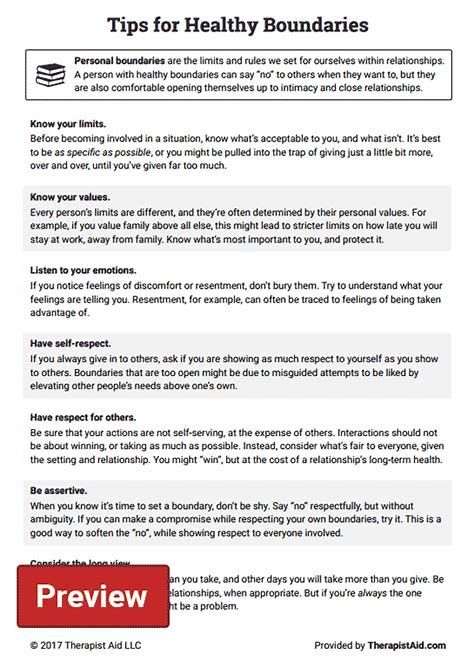 And what seemed like bad news will turn into a great opportunity.
And what seemed like bad news will turn into a great opportunity.
Boundaries that often don't work well are formed because you don't understand where your responsibility really is. For example, we often think that we have to solve someone's problem or conflict, when in fact other people have to solve their emotional experiences themselves . This is their case. And my book is dedicated to you and to your cause .
If you clearly understand what to do, the process of transformation becomes much more real. Your goal is to do whatever is necessary to make these methods work for you. For something to change, you have to be willing to try something new. It will take effort, but you deserve it. I am fascinated by how you are able to create a life for yourself that will give you a real lot of positive emotions. Judging by my successful work with many students and clients, I have no doubt that you will succeed too.
Here's How It's Going
In Part I, we gather information and take an honest inventory of every area of your life, discovering what life experiences, influences, and misinformation have caused you to have difficulty with boundaries.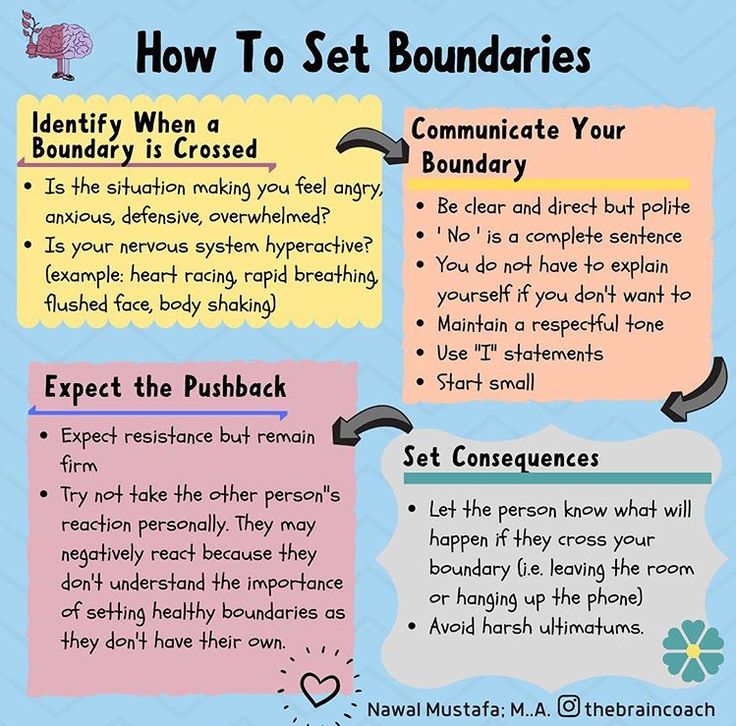 We will reveal the current boundary setting pattern to shed light on how you are currently doing this on both conscious and unconscious levels. Your model is influenced by your childhood, including your upbringing, what you observed in your family, and the social and cultural norms in the society where you grew up. For many, this process really helps to free themselves. This learned behavior is not your fault, but you definitely need to understand it. Armed with the right tools and guidance, you can redesign your model.
We will reveal the current boundary setting pattern to shed light on how you are currently doing this on both conscious and unconscious levels. Your model is influenced by your childhood, including your upbringing, what you observed in your family, and the social and cultural norms in the society where you grew up. For many, this process really helps to free themselves. This learned behavior is not your fault, but you definitely need to understand it. Armed with the right tools and guidance, you can redesign your model.
In Part II, we will begin to fluently use the language of boundaries and take small steps forward based on your new knowledge of yourself. All tools, strategies and scenarios can be adapted to your style in any way you like. There is no universal border strategy. You are unique and you need your own way of identifying and articulating boundaries preferences and boundary violations.
We will also look at a step-by-step process for developing proactive boundary plans, the strategies needed to move from reactive to proactive.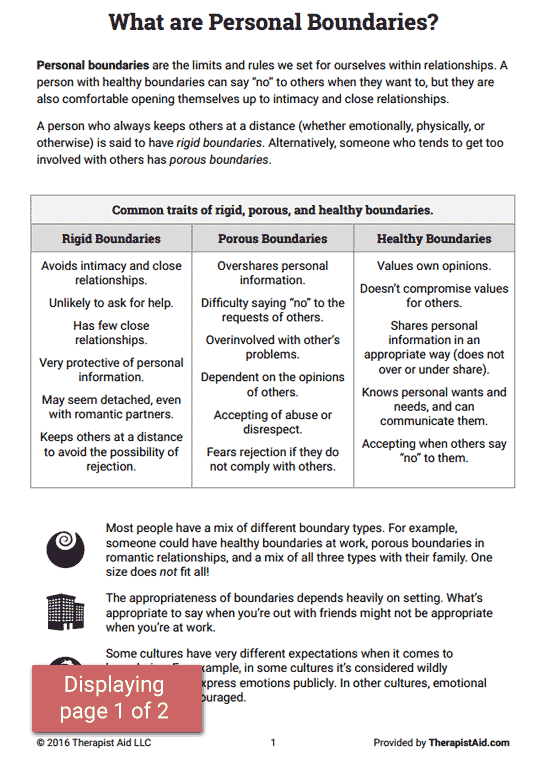 We will talk about how to deal with those who try to violate your boundaries long after you have clearly defined them, and discuss cases where these rules do not apply, especially when interacting with trespassers , daffodils and other complex personalities. I will be there for you every step of the way, as an empathetic, caring (and cool) guide.
We will talk about how to deal with those who try to violate your boundaries long after you have clearly defined them, and discuss cases where these rules do not apply, especially when interacting with trespassers , daffodils and other complex personalities. I will be there for you every step of the way, as an empathetic, caring (and cool) guide.
As part of this process, you will get in touch with your inner child, the part of you that was not met as a child. When I first heard about the concept of the inner child (before I became a psychologist), I wanted to brush it off as utter bullshit. It sounded too flimsy, from the category of magical thinking. But in fact, unhealed childhood trauma negatively affects our adult relationships. Over time, I saw that the inner child needed very serious attention (more on this in chapter 8). Right now, you need to open up to the idea that your reaction to current events may be due to what happened to you at age five. Would you let a five-year-old child make important decisions about marriage and family? Or choose how to move up the career ladder? I don't think.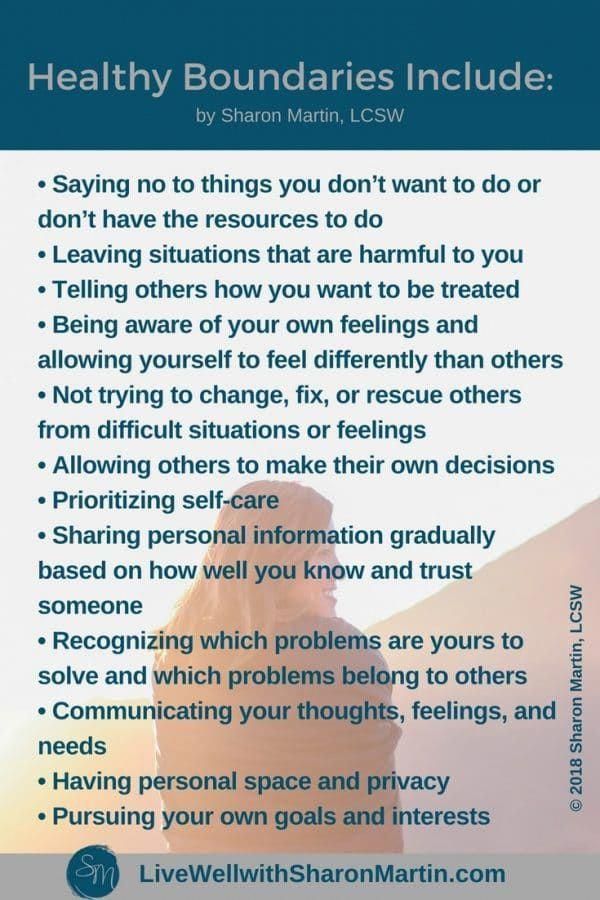
We need to feel compassion for ourselves. Then, and only then, can we expand our horizons. This is necessary for understanding dysfunctional behavior. Yes, you'll have to dig through the web-covered corners of the basement to uncover potentially unpleasant memories from the past, but the point isn't to dwell on it. If you correctly understand which years to analyze, you will find an incident or experience that needs attention. Revealing the original traumas will force you to acknowledge, process, and respect the experiences of your inner child. Understanding early experiences can have a profound positive impact on your life today.
In order for you to be able to treat yourself with compassion, I will give you a strategy (chapter 6) that will help recognize when the little child inside you is activated, so that you unblock the previous reaction and choose the reaction of an adult acting for your benefit. It is called 3P (recognize - unlock - respond) .
If you are like the thousands of clients and students who have come to me before you, the frank nature of this work will evoke a range of emotions: hopefulness, intense weariness, anxiety and excitement. Sometimes you will feel that you are selfish, especially when it comes to changing tacit agreements in relationships and prioritizing feelings. For some, the idea of rocking the boat of boundaries causes fear, guilt, and shame. Will the people I love laugh at me? Am I betraying them by changing the rules unilaterally?
As you develop these skills, know that real, lasting change happens step by step, not overnight. You will learn to change your behavior patterns by doing one right thing after another. There is a long way to go from Part I (gathering information) to Part II (transforming information into new behavioral patterns and choices). So, patience and self-compassion are excellent companions when breaking free from ingrained destructive attitudes and behaviors.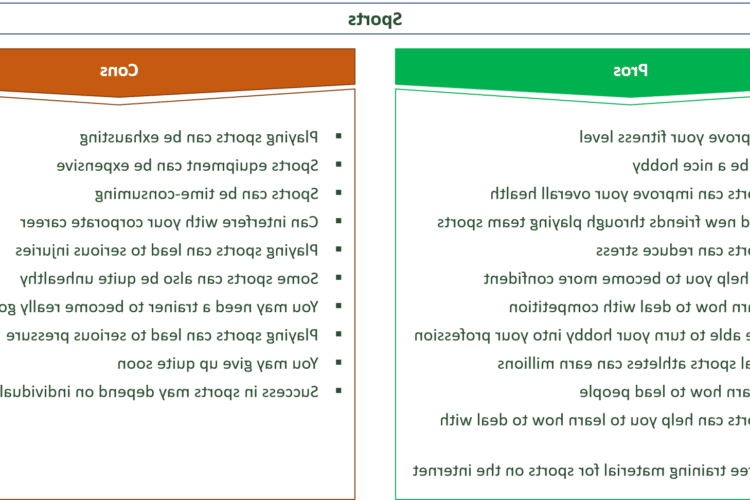
Reflecting on your mistakes, you may feel embarrassed, sorry, or ashamed. Understand that your past behavior is not a reflection of you today, but only what you knew at that time. And this entire book and your personal transformation process is a judgment-free zone. If at some point you feel bad, rejoice. You are doing something that 80% of people will never do. Besides, you are human, my dear. Give yourself a treat.
But here's the thing: you are solely responsible for compiling your own operating instructions. It is "read" by everyone you come into contact with. If you feel disrespected, underestimated, or taken for granted, it's time to rewrite the instruction manual, setting a higher bar for yourself and everyone else involved in the process. This is quite within your power.
To set yourself up for success, create a safe and comfortable place in your home where you arrange your inner space. I call this sacred place a zen lair. This is an ideal corner for meditation, journaling and integration exercises, which you will read more about below.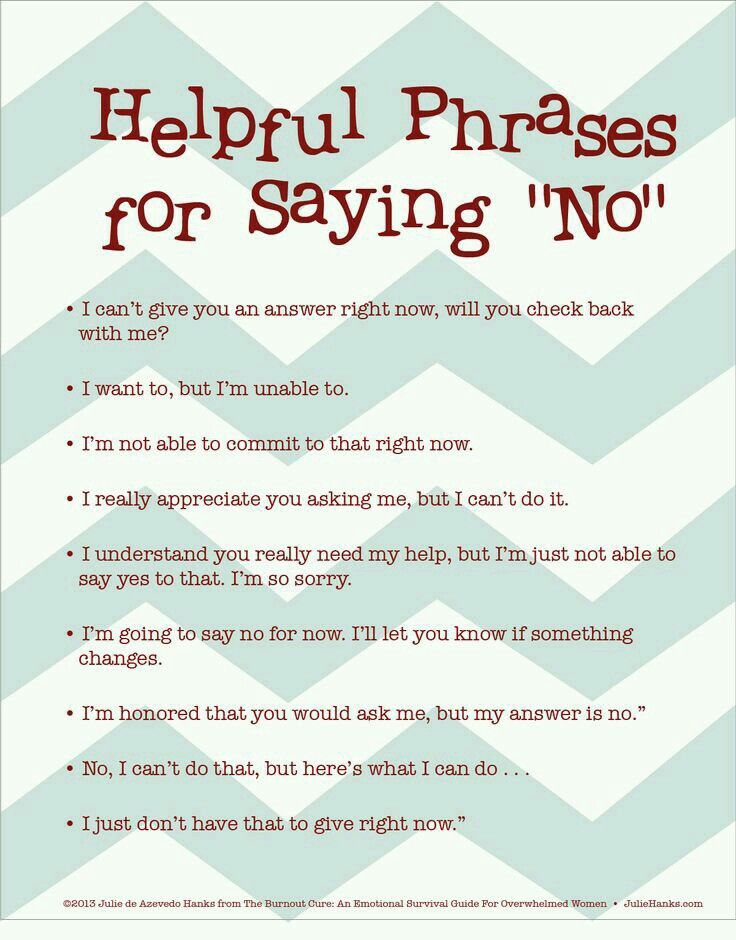
How to use this book: some tips
This book is intended to be read in chronological order. Why? Because each chapter builds on the previous one.
To help you apply what you've learned, in each chapter I offer practical tips, benchmarks for measuring your progress, and exercises. I use them in my work with clients and students, and they are necessary to achieve the desired results.
• Straightforward advice: In each chapter, I summarize key ideas to help you stay on track.
• Back to you: a quick assessment along the way will help you personalize the information and immediately apply it to your unique case.
• Mistress of boundaries in action: at the end of the chapters, I offer two main ways to apply new knowledge in practice. “The first thing that came to mind” are ways to expand your self-awareness. Digging Deeper are integration exercises (read more at the end of the book) that will help you create sustainable change (don't skip them!).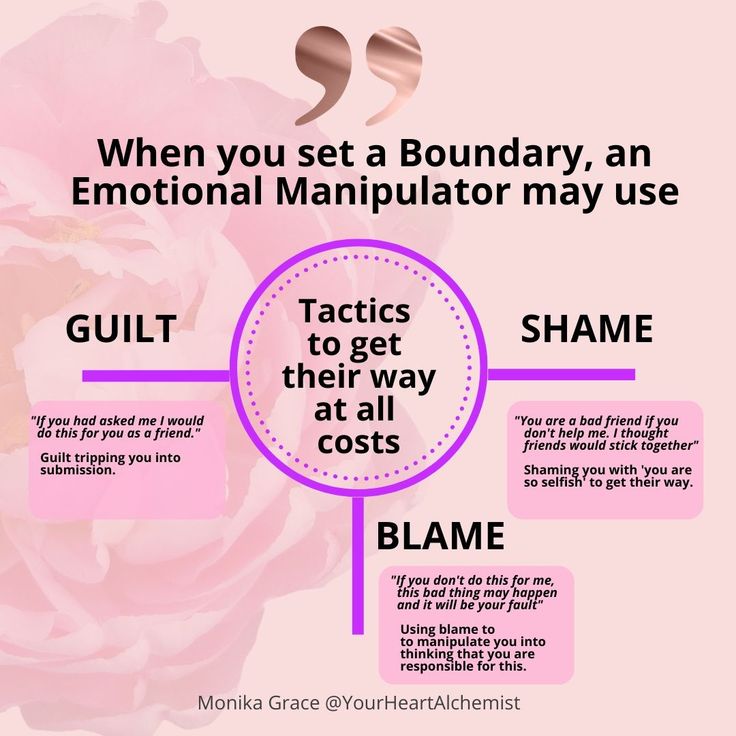 From time to time I also offer something "For inspiration".
From time to time I also offer something "For inspiration".
• Online Boss of the Boundary Bonus Pack: Check out my website for exclusive mindfulness tools, guided meditations and additional strategies: BoundaryBossBook.com/bonus.
Want some advice? Move at your own pace, take what works, forget the rest. When it gets hot, slow down, cool down, catch your breath. Remember the tools you have mastered and use them. Give yourself a break for a while and come back when you're ready. Inner work can evoke strong emotions. Listen carefully to yourself. Ask yourself questions: “Do I need to take a break? Take a walk? Call a friend or a professional?
Your mental health and peace of mind is your responsibility and should always be your priority. So, throughout our journey, please take care of yourself . I promise that if you work hard, you will see and feel the positive results in your life and relationships.
The process of establishing boundaries takes some time, but it does not take time to learn to define and observe them. If you stay on course, by the end of the book you will have the skills and understanding of exactly how to do it. You will systematically weed out harmful information that has influenced your behavior so far. You will begin to transform your habitual thought patterns into powerful, conscious beliefs and actions. You will pave the way for positive, lasting change that brings more satisfaction, confidence, and peace to all of your relationships. And they will be based on what you really want, not on the negativity of your childhood. The self-knowledge you have acquired will greatly affect your entire life.
If you stay on course, by the end of the book you will have the skills and understanding of exactly how to do it. You will systematically weed out harmful information that has influenced your behavior so far. You will begin to transform your habitual thought patterns into powerful, conscious beliefs and actions. You will pave the way for positive, lasting change that brings more satisfaction, confidence, and peace to all of your relationships. And they will be based on what you really want, not on the negativity of your childhood. The self-knowledge you have acquired will greatly affect your entire life.
Consider this book a gift of love from my heart to yours. For more than twenty years, I have watched how this process changes people's lives, and the definition and formulation of normal personal boundaries become accessible and effective. I see tangible results every day in my life and in the lives of my clients. I have already helped thousands of women from all over the world to become mistresses of their own borders, and each went her own way.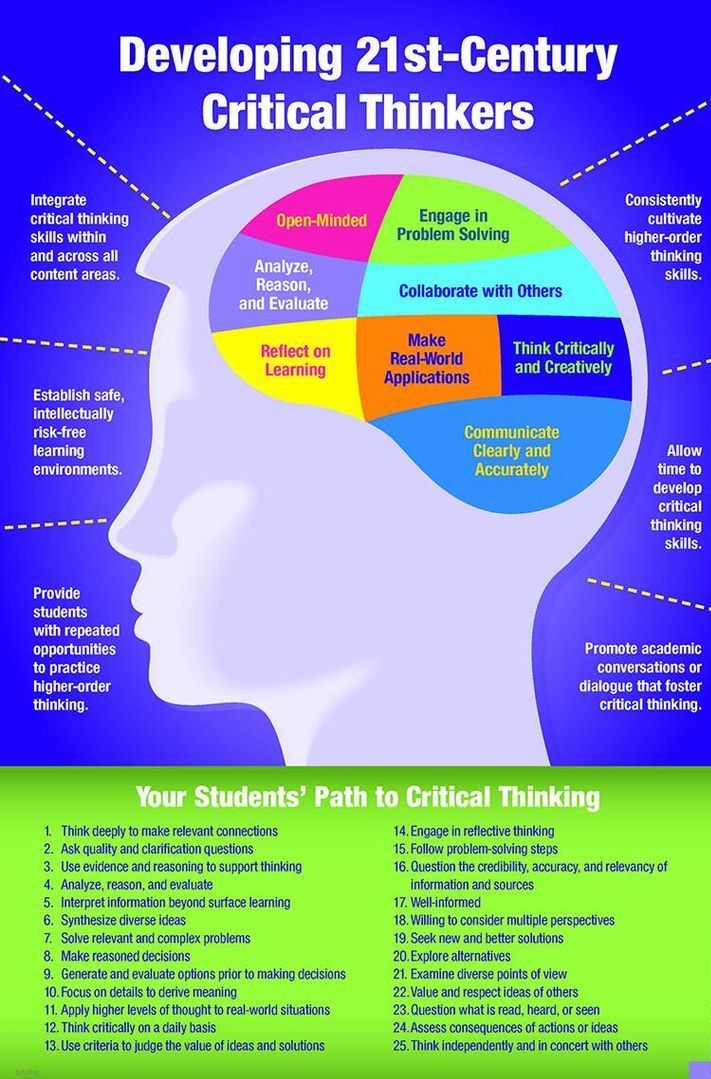 My mission is to guide you on the road to a unique, fulfilling life.
My mission is to guide you on the road to a unique, fulfilling life.
Ready? Let's get started!
Part I. Links between past and present
Chapter 1. From complete mediocrity to a real master
I was a bridesmaid eight times when I was in my twenties. Eight .
I should have politely declined at least half of these ugly outfits, but I couldn't say no. Or, "Not that," or even, "I'd love to attend your true love party and all, but I have an urgent problem." (Well, for example, I was scraping change from the bottom of my bag for subway fares, because I was a 22-year-old poor student trying to make ends meet in New York.) How could I afford to go to a wedding celebration with girls I knew from working together as waitresses in the old days? To be honest, my fear of upsetting future brides was much stronger than the reality of not having money. I didn't want to appear rude, insensitive, or worse, "unpleasant." If I said no, I would give up the privilege of being elected.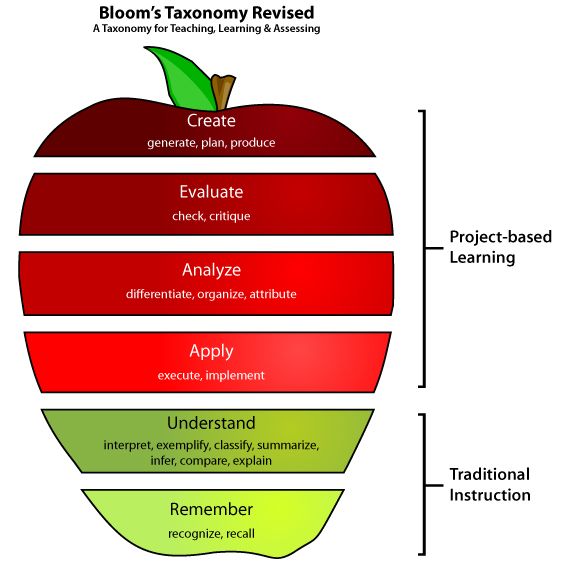 Who am I to so to do?
Who am I to so to do?
This fear alone motivated me to shell out thousands of dollars I didn't have (hello, new loan!) to participate in rituals for people who wouldn't even be on my housewarming guest list (if I had a house). ). No wonder I felt an unnecessary burden and felt frustrated. These pent-up emotions made themselves felt at bachelorette parties, wedding rehearsals, and any other time I saw blue-green eighties dresses with wide shoulders hanging in the back of my closet, which I definitely not would wear again. For what? For the sake of "honor" not to be able to speak openly. Looking back, I can only say one thing: "People, this is complete nonsense."
My eternal status as a bridesmaid was a symptom of a larger problem that millions of women face: misplaced personal boundaries. Yes, the difficulty in setting, maintaining and explaining healthy boundaries in all areas is practically an epidemic. Wrong boundaries are very costly. This leads to conflict, unbalanced relationships.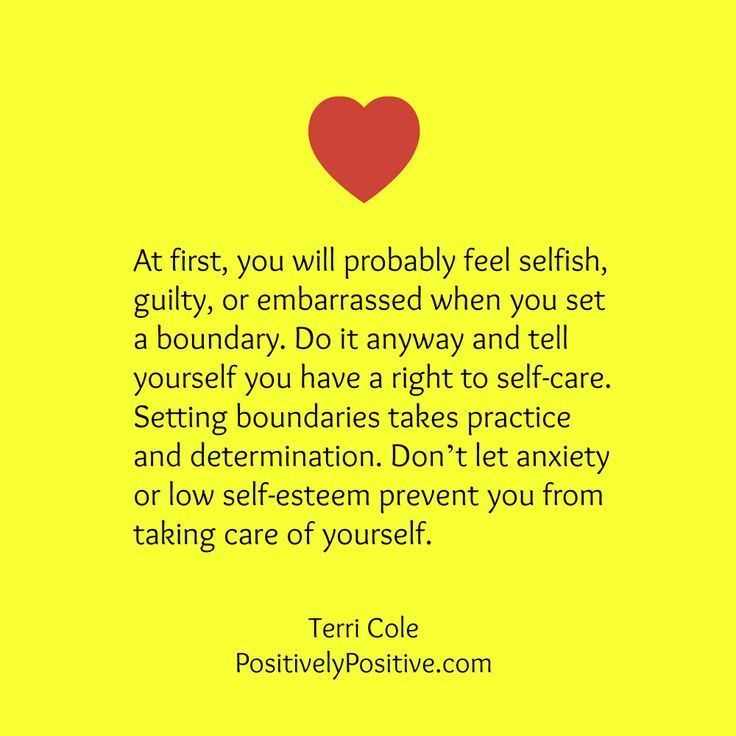 Do you need it? Of course not.
Do you need it? Of course not.
As far as my border mess (and probably yours too), the fear of disappointing someone got in the way of basic common sense. I could choose another option, decide for myself how I would spend my precious time and money. I could say, “No thanks. This dress is disgusting, just like your fiancé." (He lashed out at my engagement!) I had many options, and one major obstacle to trying to keep my boundaries: I didn't even know I had a choice.
Wherever you are in your life, you also have a choice.
For the past twenty years I have been a licensed clinical psychotherapist, treating primarily women who suffer from a variety of personal boundary issues. All of them had boundaries that were either set chaotically, or were too flexible, or not flexible enough, etc. Some clients are so independent and self-sufficient that they never ask for help and do not allow others to help them in anything. They prevent taxi drivers from putting their heavy suitcase in the trunk, or grocery store packers from unpacking their groceries (but that's their job).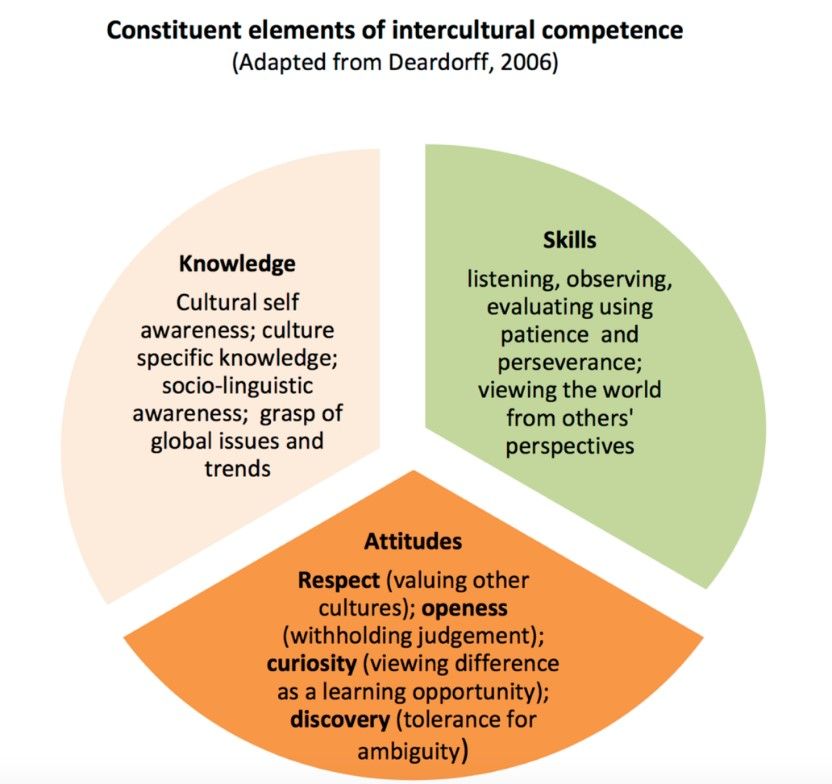 “I myself, thank you,” they will say. Others suffer from an obsessive need to please others at the cost of their own well-being. Or they go out of their way to please everyone (even those they don't like). This can manifest itself in a “yes” answer when they want to say “no”: for example, they agree to hold a fundraiser at the maternity committee (again), even if they have a blockage at that moment at work and at the same time they are trying to sell a house. Or they invite a drunken relative to their birthday party, even though they know it won't end well. Based on my professional and personal experience, I am well aware that “no” only seems to be a simple word. For many it is the most difficult.
“I myself, thank you,” they will say. Others suffer from an obsessive need to please others at the cost of their own well-being. Or they go out of their way to please everyone (even those they don't like). This can manifest itself in a “yes” answer when they want to say “no”: for example, they agree to hold a fundraiser at the maternity committee (again), even if they have a blockage at that moment at work and at the same time they are trying to sell a house. Or they invite a drunken relative to their birthday party, even though they know it won't end well. Based on my professional and personal experience, I am well aware that “no” only seems to be a simple word. For many it is the most difficult.
Let's get back to you. How are your borders?
Below are some common border issues. Learn and Are you yourself?
• Do you ever say "yes" to requests, even if your intuition says "No, thanks"? “Yes, I will come ( while abandoning my own plans ).
Sounds great, can't wait!"
• Do you suffer inconvenience for the sake of others? "Of course I'll look after your cat for a week because you don't want to pay for a foster home!" ( Even though it's an hour drive to Brooklyn, and your cat hates me. Okay, let's say it's mutual .)
• If you don't like the behavior of one of your friends, do you avoid a difficult conversation by trying not to meet him? “Oh, I really want to see you, but there is absolutely no time with this job!” ( Although I can meet my girlfriends with whom the relationship is not so tense at any time .)
• Do you express anger in a passive-aggressive way instead of calmly expressing your feelings? "As you wish. I changed my plans based on what you said before, but that's okay!"
• Are you so self-sufficient that you do everything yourself? "I myself!" ( Although I am tired and frustrated and now mentally scroll through the list of those who should help me in gratitude for my kindness in the past .
)
If you recognize yourself in any of these examples, don't worry, you are not alone. So far, we are only collecting information about exactly how you manage your borders. This will show you where to focus your efforts.
No matter how many memes we see in social media feeds (for example: "No - this is a complete sentence!" or "You can do it, baby!"), the reality of knowing and expressing the true essence is much more difficult if you are used to managing your boundaries.
Incorrect boundaries are tiresome. Because of them, dramatic situations arise that take up our time and energy. As you probably already know, putting out fires in our personal lives requires a lot of effort. But when we are held captive by our wrong boundaries, we often do not realize that we ourselves are inadvertently starting these fires. To eliminate distractions, we need to go back to our earliest experiences—the crime scene, so to speak—when the first injuries occurred and the first lessons were learned.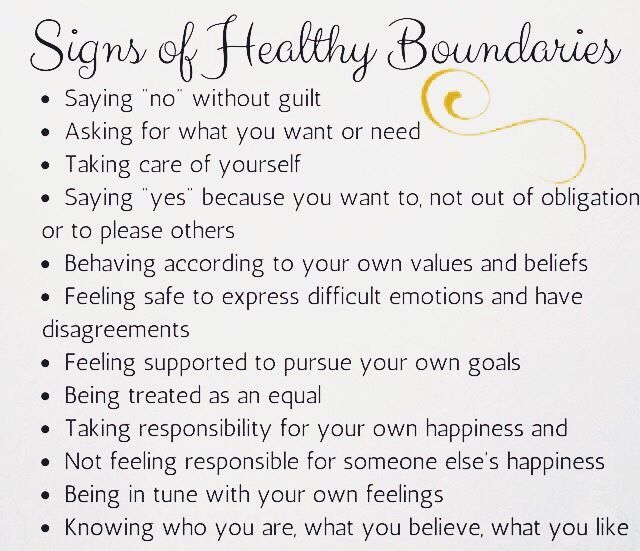
To illustrate the idea of the influence of early traumas on unhealthy boundary-setting and spontaneous conflicts, let's walk the path of our memory. I will share a picture of how I myself went from complete hopelessness to semi-hopelessness and finally became a full-fledged mistress of her own boundaries. I hope that in my story you will hear echoes of your own and feel confident that you can also become the mistress of your life, having gone your own way.
Watch and Learn
When I was young, I learned all about broken boundaries and ineffective communication from two people who had almost no life experience before they started raising children. My mother was nineteen and only three months into her freshman year of college when she became pregnant with my older sister. She dropped out and married my father in the back room of the Presbyterian Church in Glens Falls. In less than six years, they had three more daughters. I am the youngest.
Raising us in suburban New Jersey, our parents played traditional roles.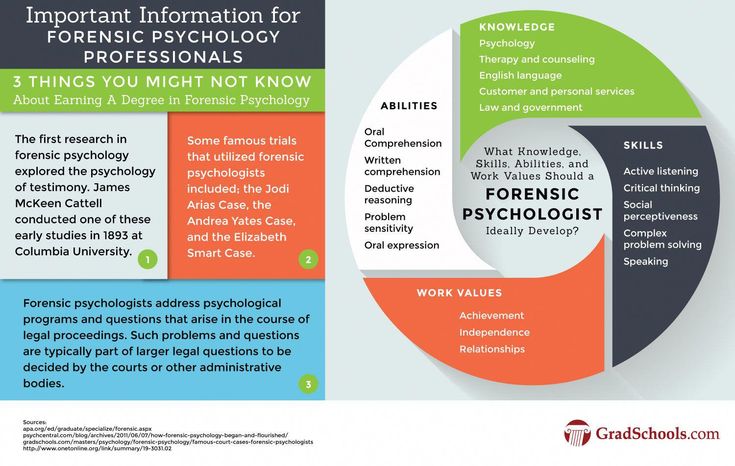 My father was a breadwinner - a top manager, a "white collar". He played golf on the weekends, drank too much (jammed martinis in the same quantities as the characters in the series "Mad Men") and demanded that there was always a hot dinner on the table when he returned. Mother was a loving, kind-hearted and caring housewife who raised us and all our friends. My father made money, and my mother took care of everything else, including housekeeping and looking after our well-being.
My father was a breadwinner - a top manager, a "white collar". He played golf on the weekends, drank too much (jammed martinis in the same quantities as the characters in the series "Mad Men") and demanded that there was always a hot dinner on the table when he returned. Mother was a loving, kind-hearted and caring housewife who raised us and all our friends. My father made money, and my mother took care of everything else, including housekeeping and looking after our well-being.
Our family, like many others, was fine with unspoken grievances and emotional dysfunction. My parents grew up in families where they avoided openly discussing painful topics or problems. And that's the point: ineffective communication skills lead to weak or impaired boundary management skills.
Father was not cruel or aggressive, but we were all afraid of his disapproval. His mother tried not to upset him. My sisters and I rarely heard his low, rumbling voice unless there was a problem. In total, I probably exchanged less than a hundred words with him in the thirteen years before their divorce.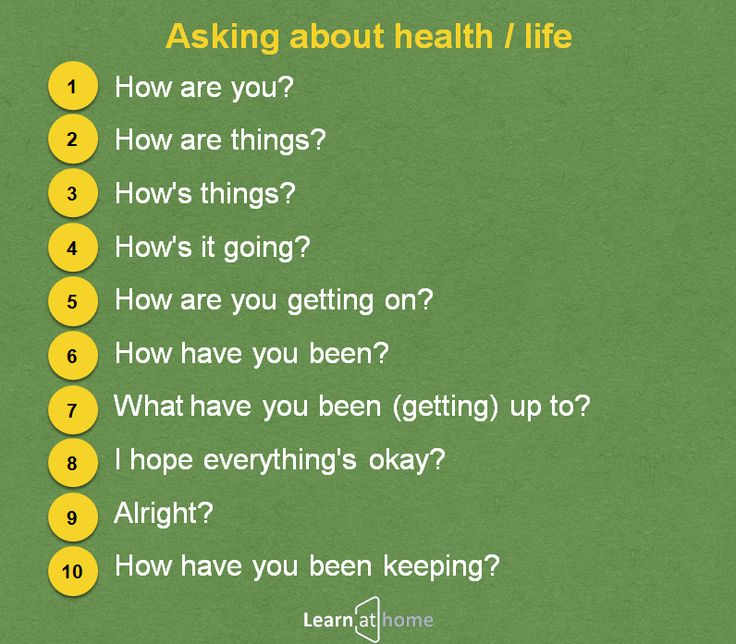
His inability to communicate resulted in emotional closeness. So even when he stayed at home, he wasn't with us. Hello sports fans! - it was a signal that meant "I occupy the TV and will watch golf." My sisters and I could sit glued to the screen watching the last five minutes of Grease (right before Olivia Newton-John goes from good girl to smoking, spandex-clad whore), but as soon as the line about "sports enthusiasts" ”, we understood that there was only one option:“ No problem. Bye-ah!” Actually none of us are didn't like not being able to watch the movie to the end, but we acted like we didn't mind. To be honest, this is not an option.
Often the most stable rules in families are those that are not explicitly stated. For example, in my family it was clear that parents had an unspoken agreement about the role of everyone: dad is the breadwinner, and mom brings up children and manages all family affairs. However, perhaps the most important unspoken convention in our house was to avoid direct expression of anger.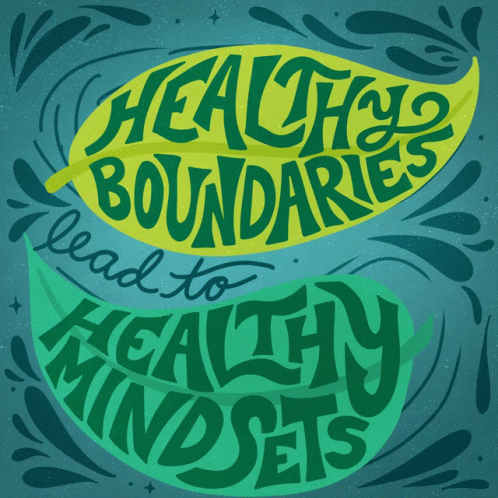 Just as I felt that my always chirping mother was afraid to rock the boat with my father, I knew instinctively that anger was taboo.
Just as I felt that my always chirping mother was afraid to rock the boat with my father, I knew instinctively that anger was taboo.
People, even small ones, always try to minimize risks. My childhood experience taught me to automatically read people and scan situations in order to assess the degree of threat and avoid conflict. The threat could be anyone's anger. I tried not to upset my father. Like the sisters, I didn't express my true feelings. But emotions do not disappear by themselves, just because they are uncomfortable or unacceptable in our family systems. They go underground. And this is not good.
In our family, four teenage girls expressed repressed anger by loudly slamming doors, swearing, and, if their parents were not at home, occasional fights. In addition, the anger of the older sisters (and the veiled emotions of the entire family) manifested itself in other unpleasant, albeit indirect, ways: they ran away from home, got bad guys, used drugs and drank. In such situations, the sight of my father's disapproval and my mother's suffering made a strong impression on me. I vowed never to be the cause of either. It's not that I didn't do it all. Did. I just avoided being caught red-handed.
In such situations, the sight of my father's disapproval and my mother's suffering made a strong impression on me. I vowed never to be the cause of either. It's not that I didn't do it all. Did. I just avoided being caught red-handed.
I have learned to hide my true feelings deeply. Adapting, I transformed them into more acceptable ones (for example, anger turned into sadness) and ignored my instincts. It kept me from disapproval and lessened my primal fear of being kicked out of the clan if I dared break the unspoken rules. By the time I left for college, the list of my "accomplishments" was: unhealthy communication style, mess with personal boundaries, and questionable coping methods. I was a total wreck about my boundaries.
Let's get back to you. What forbidden feelings did you have?
Check the boxes for emotions you were judged, punished for, or banned from as a child.
• Happiness: joy, satisfaction, feeling of carelessness.
• Sadness: disappointment, hopelessness, indifference.
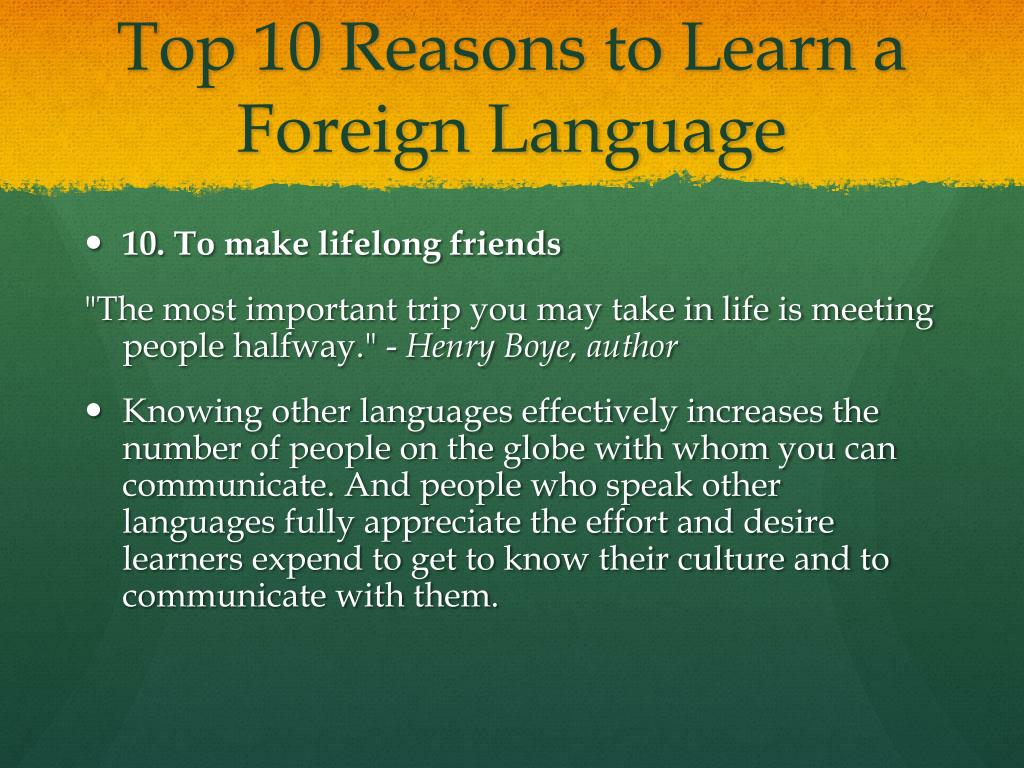
• Fear: anxiety, feeling threatened, fight-flight-freeze response.
• Disgust: disapproval, refusal.
• Anger: hostility, excitement, frustration.
To become a full-fledged mistress of your boundaries, you must allow yourself to experience all feelings. And you need to start with the awareness of those that you would prefer not to experience.
Alone with myself
In adulthood, my disorderly boundaries have not gone away. I have mastered the methods of indirect communication - sarcasm, eye-rolling, and occasionally hostile lies, such as: "I said everything was fine!" (Sound familiar?) Also, I learned how to manipulate; those I managed (usually my boyfriends) never realized that behind the mask of "everything is in order" lies my secret plan. The manipulation ensured that I would get approval, avoid confrontation, and not upset them. In the meantime, I did whatever I wanted, but in a secret way: like spending time with an old love or in the city with my sisters (and "forgot" to tell about it).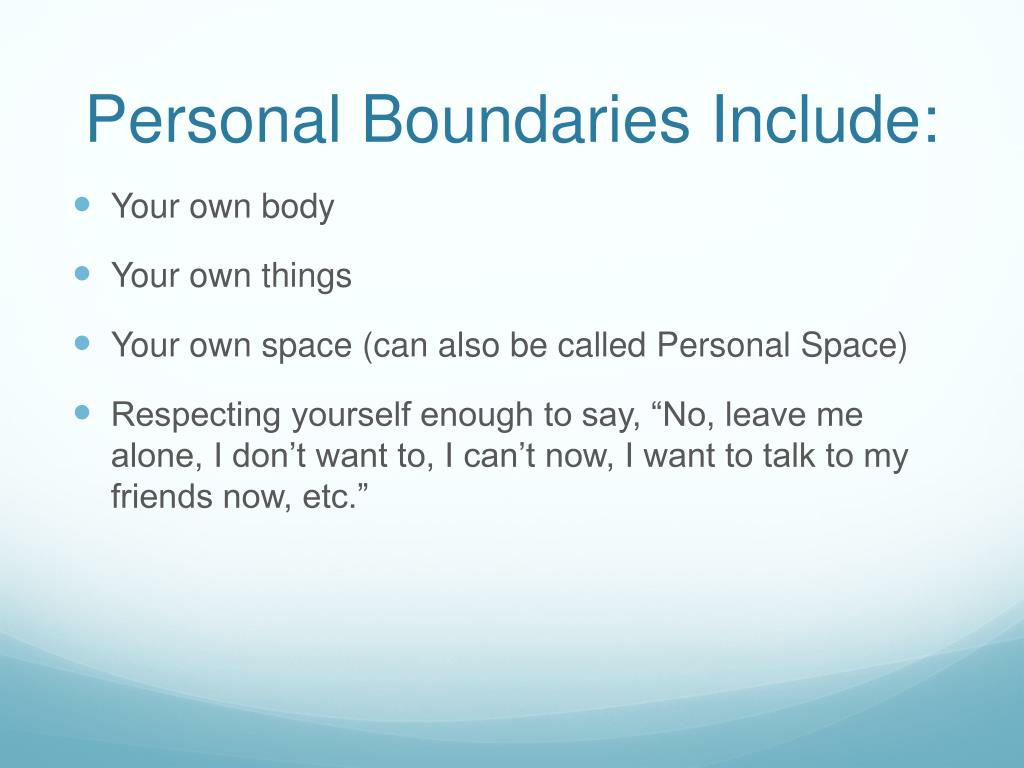 Attempts to control people and situations were dictated by the desire to feel safe. This strategy worked for a while, but one day it broke. It is not surprising that, having not learned to express my sincere emotions as a child, I found myself on the psychotherapist's couch in my student years. And I've been there for thirty years.
Attempts to control people and situations were dictated by the desire to feel safe. This strategy worked for a while, but one day it broke. It is not surprising that, having not learned to express my sincere emotions as a child, I found myself on the psychotherapist's couch in my student years. And I've been there for thirty years.
To be honest. Ineffective communication skills are the cause of underdeveloped or incorrect boundary management skills.
When I started psychotherapy, I did not know about the term "boundaries". I had no idea that the mess with setting and maintaining my boundaries affects all areas of my life, including socialization and communication with others. Since college is such a time when even non-drinkers drink alcohol, by my senior year I had already experienced my share of drunkenness to the point of vomiting and passing out. My father set the example, and my cheerful, ill-controlled older sisters followed suit.